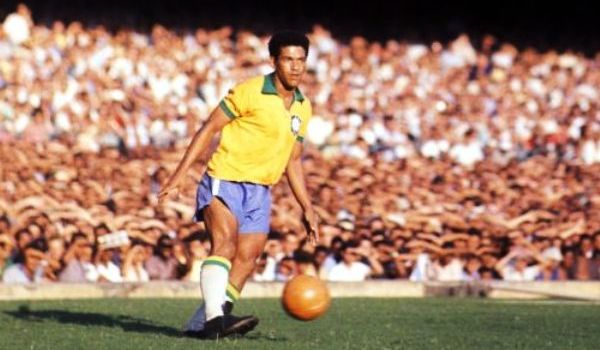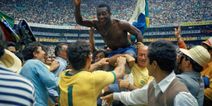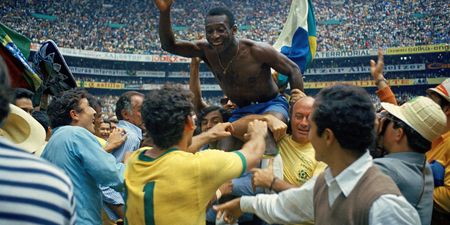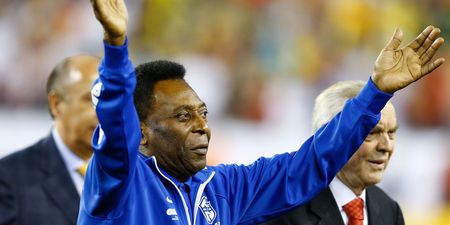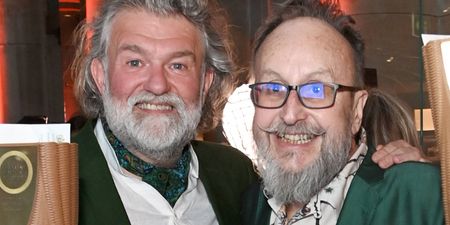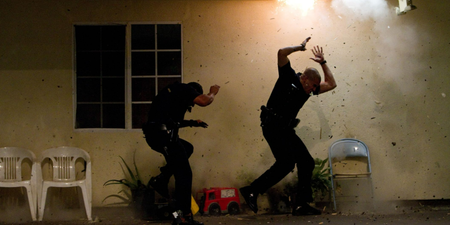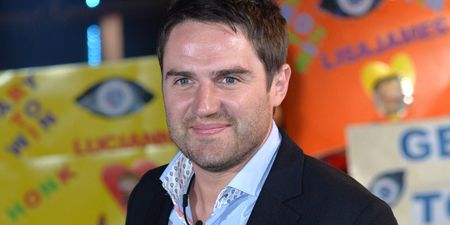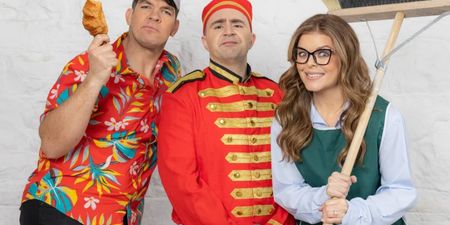With the Confederations Cup underway, we thought we should look back at one of Brazil’s most beloved players who has a stadium named after him in the nation’s capital
Manuel Francisco dos Santos, known better as Garrincha is perhaps the last and the greatest of the amateur factory or worker footballers turned professional, a man beloved by Brazil as a nation and one who embodied the spirit of the game in the country.
However, with two crooked legs, one that bend inwards and one that bent outwards, not many gave him a chance to succeed in the game, not to mention that he also had to overcome the issue that he was not part of the social elite.
The opening up of football clubs in Brazil to those who didn’t form part of the elite was a long process, and when the two main leagues were set up (the Campeonato Paulista for the teams from the São Paulo region and the Campeonato Carioca for the teams from the Rio region), the games were still attended by men in suits and ties mainly.
While the original clubs were set up within rowing clubs, another popular English sport in Brazil at the time, they soon became attached to businesses and factories, where it was promoted as a leisure activity which fostered integration amongst the employees. Eventually, the local teams and factory towns began to field players who were employed in their businesses, which eventually led to professionalism, but also provided the route for a young Garrincha to get into the game.
Born in the town of Pau Grande in 1933, with crooked legs, Garrincha began his life on the same path as the rest of the young men in the town, attending school (although Mané, as he was known, was not particularly fond of it), and on his fourteenth birthday he began work in the local factory, called América Fabril. However he was not a diligent worker, and spent most of his time, as he had in his childhood, playing football whenever possible.
At the age of 20, he was still playing for his local team, before he went to one of many trials with Botafogo in 1953.
He was a sensation from his first trial, despite not looking the part, and after one half of play on his first day, the coach sent him to meet the directors to sign a contract straight away.
His dribbling was unstoppable, and he would regularly beat an opponent, wait for them to return to their position, and beat them again. Although his crooked legs often led people to believe that he wouldn’t pose a problem, he often bewildered them with his movement, and his favourite trick: To run and leave the ball behind, forcing the defender to run with him. He would repeat it several times before eventually moving with the ball, leaving the defender standing still and the crowd cheering and laughing.
Immediate success did not come to Botafogo with Garrincha, but they eventually did assemble a team which won the Carioca championship. Furthermore, Garrincha was called into the World Cup Squad for 1958 – and became an instant sensation.
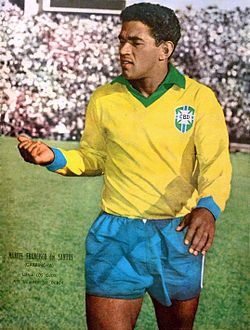
Although he didn’t play for the first two games, Garrincha earned his spot for the third, and most crucial game: A group decider against the USSR. Within the first three minutes, Garrincha had sealed his place in the hearts of the Brazilian nation, as well as the onlooking Swedish crowd.
He was able to run the defenders in rings, and leave them fighting amongst themselves as to who should be marking who. Garrincha also, at one stage in the match, sat his opponent down with his skill, turned around, offered him his hand to help him up, and ran on with the ball.
With him having played in the 1950s, there’s not a huge amount of footage of him doing his stuff, but here’s a bit of him embarrassing opponents at the World Cup.
From that point Garrincha was known as a star, however his personal life was not as brilliant as his performances on the pitch. He was, at heart, a rural boy, but he also inherited a reliance on alcohol from his father which was eventually to kill him. Another trait he inherited from his father was his love of women, and he is said to have fathered many more than the 15 children, on whose birth certificates his name appears.
His love affair and marriage to singer Elza Soares was the stuff of tabloids, but his drunken car crash in 1968, which killed his mother-in-law was not. Towards the end of his career, his drinking ruined any chance of continuing in football, and his name soon became synonymous with farcical contracts, having been sold to Corinthians, appearing once for Colmbian club América, and also having a short spell at Flamengo.
Garrincha had come crashing to earth having won the World Cup in 1958 and again in 1962. Although he had run the gauntlet of fame and fortune and returned to his starting place, his funeral was still attended by thousands of mourners who blocked the traffic on the local highway for hours in a procession.
It was indeed alcohol which killed him in the end, dying of a pulmonary oedema on the 19th of January 1983. While many footballers have also struggled with alcohol and drug addiction, similar to Garrincha, few are remembered as fondly as he was. As the last of what was perhaps a generation of worker footballers, he represented the amateur love of the game and the professional desire to succeed and for reward.
